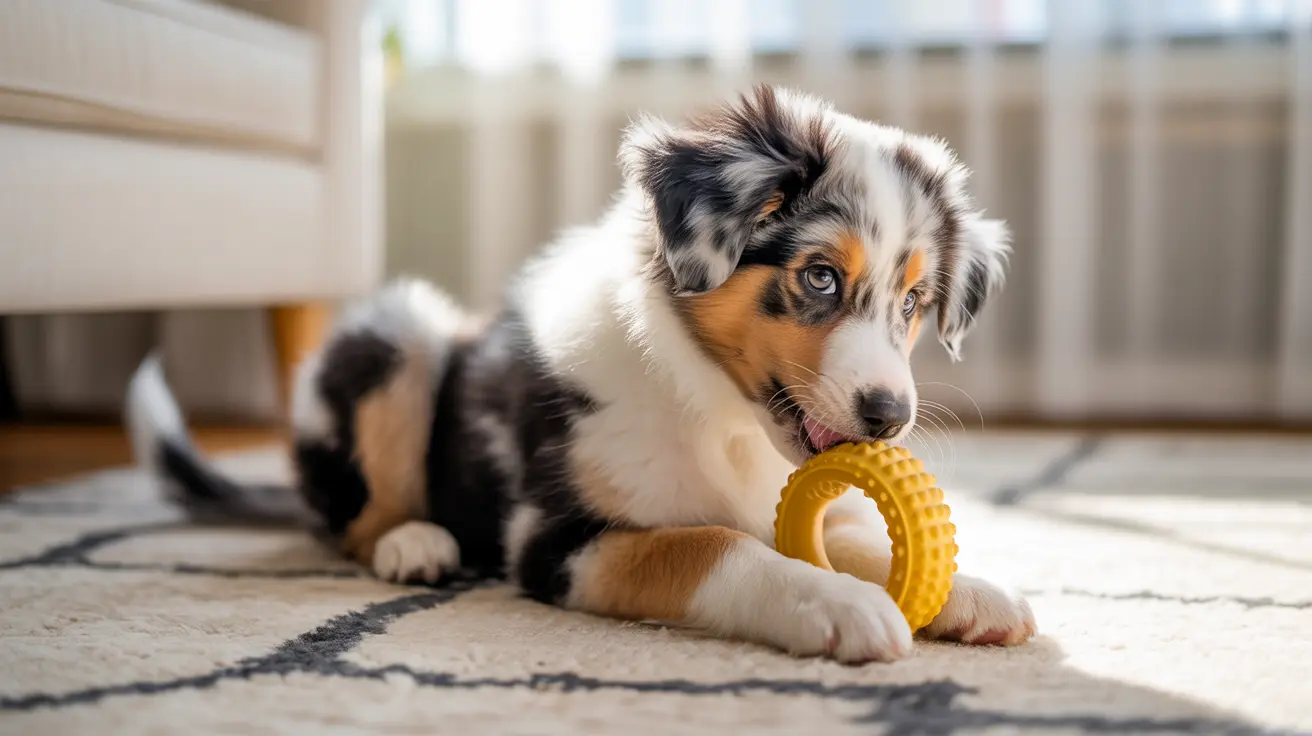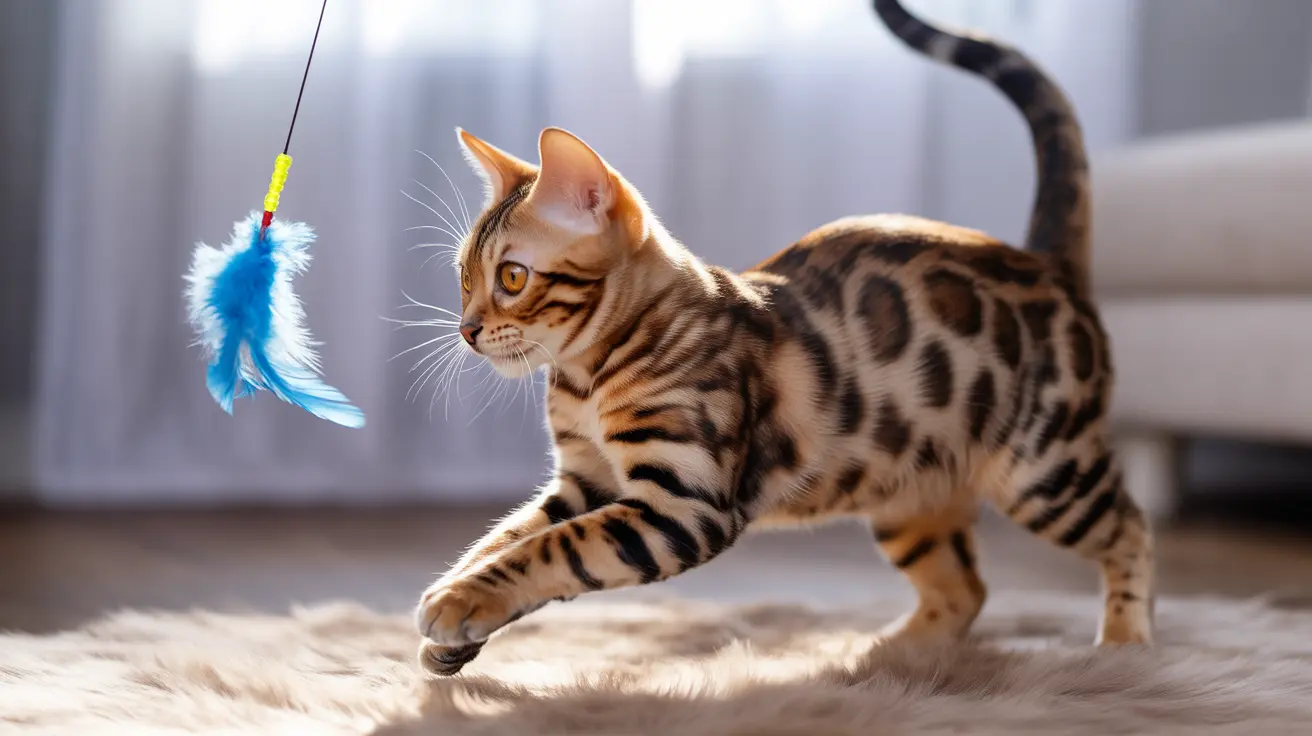How Dogs Perceive Time: Does One Hour Feel Longer to Them?
Have you ever left your dog alone for just an hour, only to return and be greeted like you've been gone for days? This common experience leads many pet owners to wonder: how long does one hour feel to a dog? Although dogs cannot articulate time perception, research in animal cognition provides insights into how dogs experience the passage of time.
The Canine Sense of Time
Dogs don't understand time in an abstract, clock-based way like humans. Instead, they rely on routines, physical changes, and their internal biology to predict events.
- Olfactory memory: Dogs use scent to detect changes, such as how your smell dissipates over time when you leave. This may help them measure time by how faint your scent becomes.
- Internal biological rhythms: Like humans, dogs have circadian rhythms—internal body clocks that regulate sleep, feeding, and activity. These help them anticipate certain daily events.
- Conditioning and routine: Over time, dogs develop an understanding of when things usually happen, not due to clock reading but due to learned patterns reinforced by behavior and environment.
Do Dogs Experience Time Faster?
Scientific speculation suggests that dogs may experience time at a higher frame rate. One theory is based on critical flicker fusion frequency (CFFF) — the rate at which a sequence of images perceived as motion by the brain. Animals with higher CFFF see the world in more frames per second than humans.
- Dogs' CFFF is higher (about 70+ Hz) compared to humans (60 Hz), which means time may appear to move 'slower' to them because they process more visual information in a second.
- This could explain why a short absence seems prolonged: they're experiencing more 'moments' in that time span.
Scientific Insights on Animal Time Perception
Cognitive studies comparing how animals react over set periods show that many animals, including dogs, can distinguish between short and long durations. Behavioral tests indicate dogs anticipate return times based on intervals, suggesting a sense of elapsed time—even if abstract concepts like minutes or hours aren't part of their understanding.
Emotional Sensitivity and Time
Dogs are sensitive to their emotions and those of their human companions. This emotional awareness might intensify how they experience separation:
- They can react more strongly to the absence of humans due to attachment, not just the passage of time.
- Anxious or highly social dogs may find even short periods of loneliness stressful, which might make time feel longer to them behaviorally.
Factors That Affect a Dog’s Perception of Time
- Breed and age: Younger, more active dogs may experience time differently due to enhanced energy and stimulation needs.
- Training and socialization: Dogs trained to handle alone-time will show fewer anxiety behaviors and perceive time more calmly.
- Environmental enrichment: Toys, music, or interactive feeders can make time pass more quickly by keeping them distracted.
- Emotional state: Stressed or anxious dogs may experience time more intensely, leading to overreactions upon reunion.
What Does One Hour Feel Like to a Dog?
While we can't ask them directly, several studies and behavioral observations suggest that one human hour could feel like 4–5 hours to a dog. This is a rough interpretation based on how dogs respond to varying durations of absence and visual processing differences.
This isn’t scientific in an exact ratio sense but a useful metaphor. A one-hour human business trip may feel like half a day to a dog, especially if they suffer from separation anxiety or thrive on routine.
Helping Dogs Cope with Separation
If your dog struggles when left alone—even for short durations—here are ways to help:
- Practice gradual desensitization: Leave your dog alone for shorter intervals and gradually increase the time.
- Provide distractions: Puzzle toys, treat dispensers, and calming music can help ease the wait.
- Leave comfort items: Clothing with your scent can help reduce separation stress.
- Use routine: Creating a predictable schedule for leaving and returning helps reduce anxiety in dogs.
- Consider dog walkers or daycare: These services can break up long absence periods and give your dog something to look forward to.
Conclusion
Although dogs don't understand time in hours and minutes, they can sense the passage of time through routines, memory, and sensory cues. To a dog, one hour without their human companion may feel far longer than it does to us. Recognizing this can help us better meet their emotional needs and strengthen our bond with them.
Enhancing their home environment and maintaining a routine provides not just comfort but reassurance that you’ll always return—even if to them, it feels like a while.





